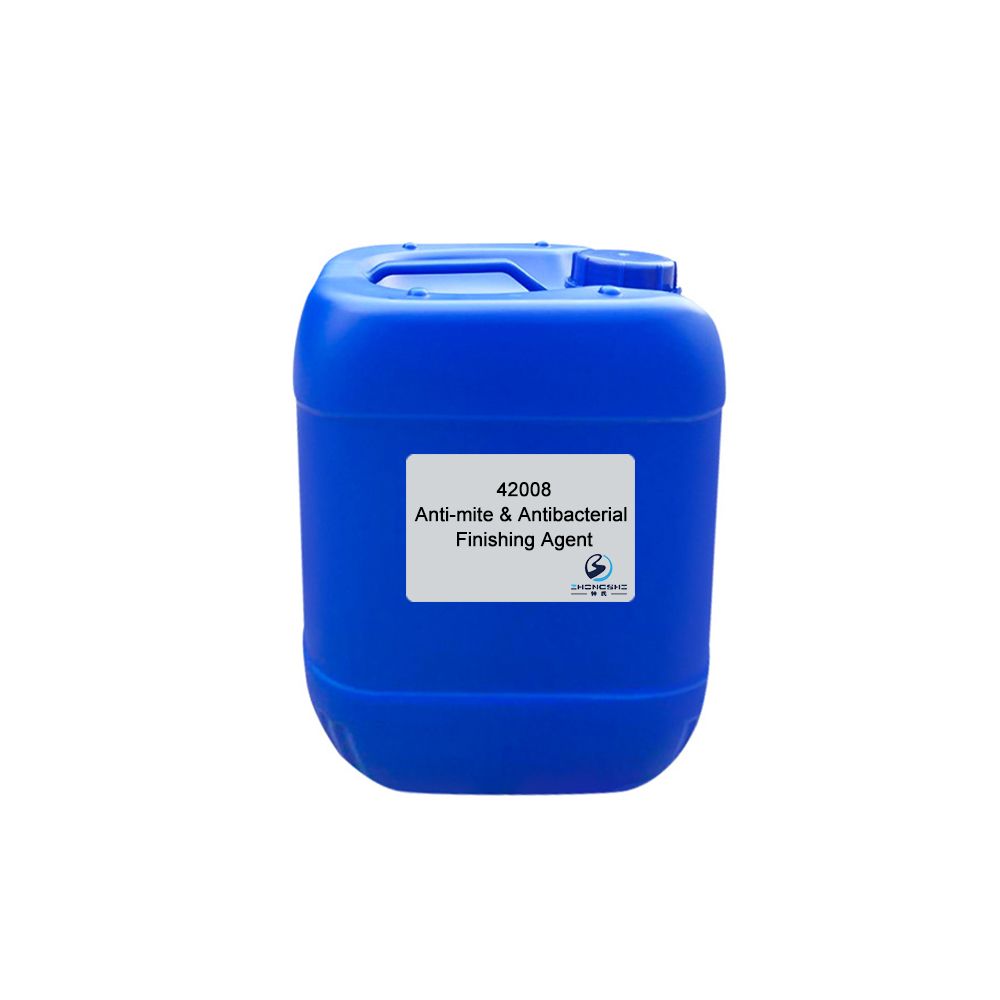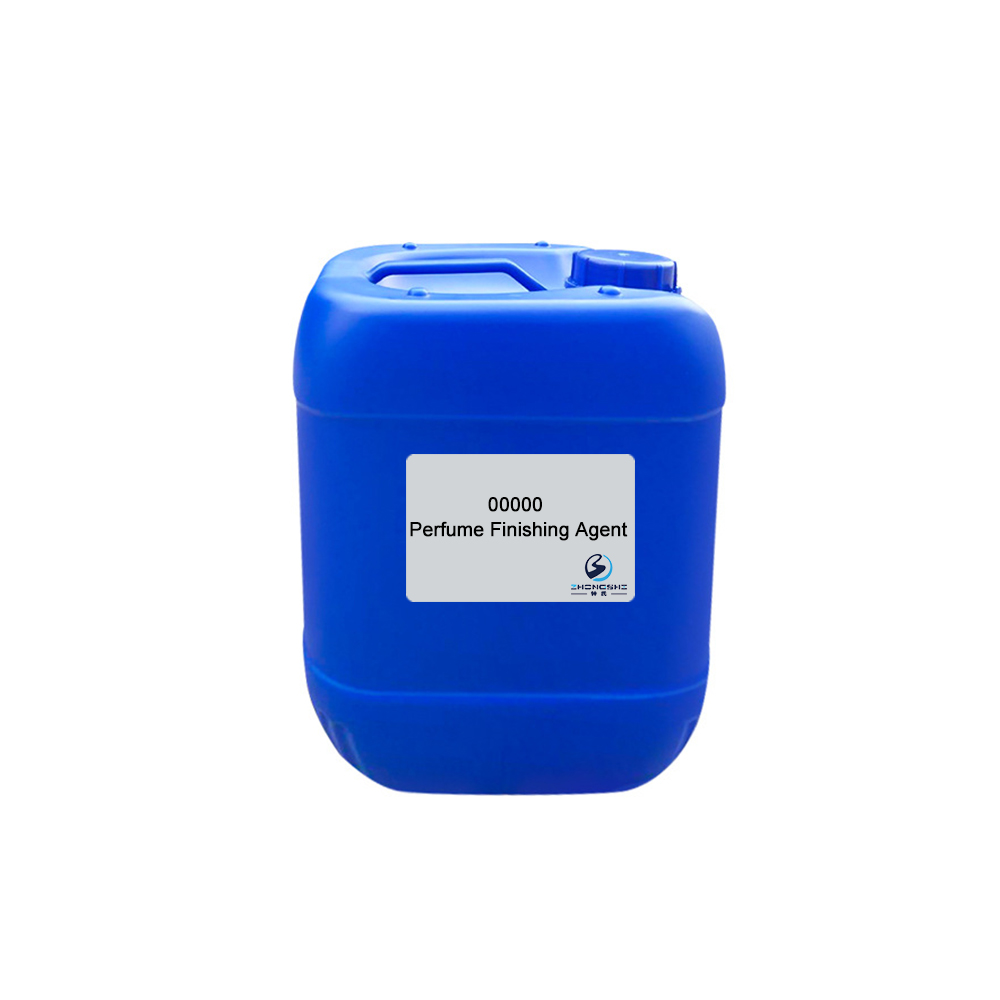OEM Factory for Cellulose Fiber Antibacterial Agent - 35402 Softener (Hydrophilic, Soft & Fluffy) – Innovative
OEM Factory for Cellulose Fiber Antibacterial Agent - 35402 Softener (Hydrophilic, Soft & Fluffy) – Innovative Detail:
Features & Benefits
- Not belongs to AEEA fatty acid condensation. Fits international environmental standards and requirements of textile industry.
- Excellent hydrophilicity. Close to instant hydrophilic on general cotton fabrics.
- Imparts fabrics soft and fluffy hand feeling.
- Low yellowing and low phenolic yellowing. Suitable for white color and light color fabrics.
- Suitable for padding and dipping process both.
- Easy for diluting and dissolving.
Typical Properties
| Appearance: | Light yellow transparent to turbid fluid |
| Ionicity: | Cationic |
| pH value: | 6.0±1.0 (1% aqueous solution) |
| Solubility: | Soluble in water |
| Content: | 85% |
| Application: | Cotton, wool and blends, etc. |
Package
120kg plastic barrel, IBC tank & customized package available for selection
TIPS:
Properties of cotton fiber
Cotton fiber is one of the most important natural textile fibers of plant origin and accounts for about one third of the total world production of textile fibers. Cotton fibers grow on the surface of the seed of cotton plant. Cotton fiber contains 90~95% cellulose which is an organic compound with the general formula (C6H10O5)n. Cotton fibers also contain waxes, pectins, organic acids and inorganic substances which produce ash when fiber is burnt.
Cellulose is a linear polymer of 1,4-β-D-glucose units linked together by valence bonds between the carbon atoms number 1 of one glucose molecule and number 4 of another molecule. The degree of polymerisation of cellulose molecule may be as high as 10000. The hydroxyl groups OH protruding from the sides of the molecule chain link neighboring chains together by hydrogen bond and form ribbon-like microfibrils which are further arranged into larger building blocks of the fiber.
Cotton fiber is partly crystalline and partly amorphous; the degree of crystallinity measured by X-ray methods is between 70 and 80%.
The cross-section of cotton fiber resembles a ‘kidney bean’ shape where several layers can be recognized as follows:
1. The outermost cell wall which in turn is composed of the cuticle and the primary wall. The cuticle is a thin layer of waxes and pectins which covers the primary wall consisting of microfibrils of cellulose. These microfibrils are arranged into a network of spirals with right- and left-hand orientation.
2. The secondary wall is composed of several concentric layers of microfibrils which periodically change their angular orientation with respect to the fiber axis.
3. The collapsed central hollow is lumen consisting of dried remains of cell nucleus and protoplasm.
Product detail pictures:

Related Product Guide:
Dyeing auxiliaries mainly include leveling agent, soaping agent, fixing agent, dispersing agent, resist agent and anti-migration agent, etc. OEM Factory for Cellulose Fiber Antibacterial Agent - 35402 Softener (Hydrophilic, Soft & Fluffy) – Innovative , The product will supply to all over the world, such as: London, Cambodia, Bolivia, Non-phosphate & Foamless Soaping Powder 23111 is nonionic white powder. It is soluble in water. It is eco-friendly. Non-phosphate & Foamless Soaping Powder 23111 is suitable for fabrics of cellulose fibers, as cotton, viscose fiber and flax, etc. and cellulose fiber blends. It can elute the dyes on the cloth and prevent the re-adhesion of dyes that are eluted. Non-phosphate & Foamless Soaping Powder 23111 has excellent dispersing and detergent washing function and anti-fouling property. It can effectively remove surface dyeing on fabrics and improve color fastness.
The supplier cooperation attitude is very good, encountered various problems, always willing to cooperate with us, to us as the real God.






